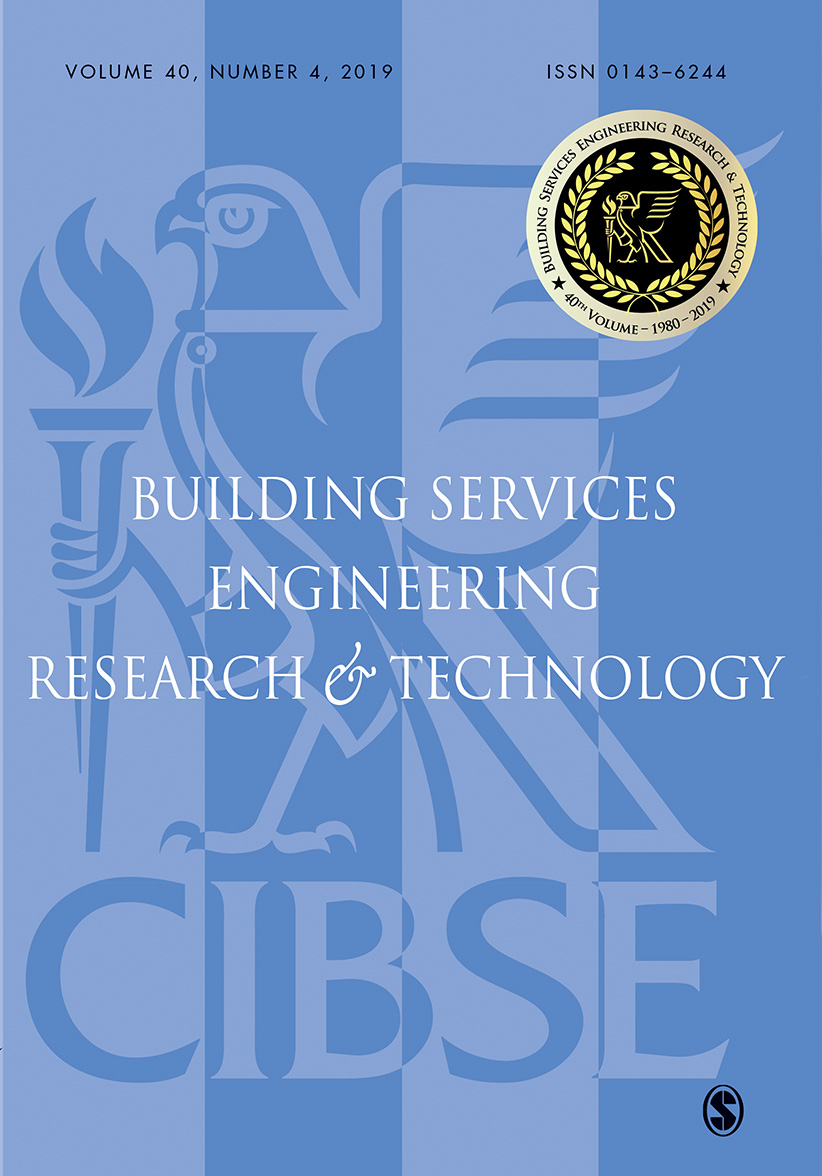
Articles on overcooling, machine learning, and domestic consumption benchmarks feature in the latest issue of Building Services Engineering Research & Technology (BSER&T) journal published by Sage and CIBSE.
In the paper ‘Freezing from the heat: Building overcooling in Qatar’, Dr Alnuaimi of Qatar University and collaborators from the Faculty of Engineering and Design at the University of Bath investigate the extent to which energy demand is driven by ‘overcooling’.
The team report a recently developed overcooling metric and use ISO 7730 compliant sensors and occupant survey data, comprising 2,472 responses from eight morphologically diverse office buildings, to reveal the extent and impact of overcooling. The investigators recommend a revised comfort temperature which is 1.5°C warmer than the currently applied indoor temperature setpoint and results in substantial cooling energy demand reduction with increased thermal comfort.
Dr Faridah and colleagues from the Universitas Gadjah Mada in Indonesia and the Institute for Environmental Design and Engineering at UCL propose a machine learning model of indoor airflow characteristics for a classroom in Yogyakarta (Java, Indonesia).
In their article ‘An indoor airflow distribution predictor using machine learning for a real-time healthy building monitoring system in the tropics’ the team describe how the machine learning model was designed to predict indoor airflow distribution based on input data variables from external climate conditions and the operational status of ventilation utilities installed within the space such as windows, fans, and/or AC units.
A paper on domestic energy consumption benchmarks based on measured data produced from a large sample of London houses and flats has been submitted by Lead author Daniel Godoy Shimizu, a research fellow in building physics modelling at the Bartlett, and UCL colleagues. The relationship between gas use and envelope thermal performance is explored. The results will be beneficial for researchers, policy-makers and designers interested in better understanding current domestic energy use, and informing decisions about future improvements to energy efficiency.
BSER&T is free to members at www.cibse.org/knowledge

